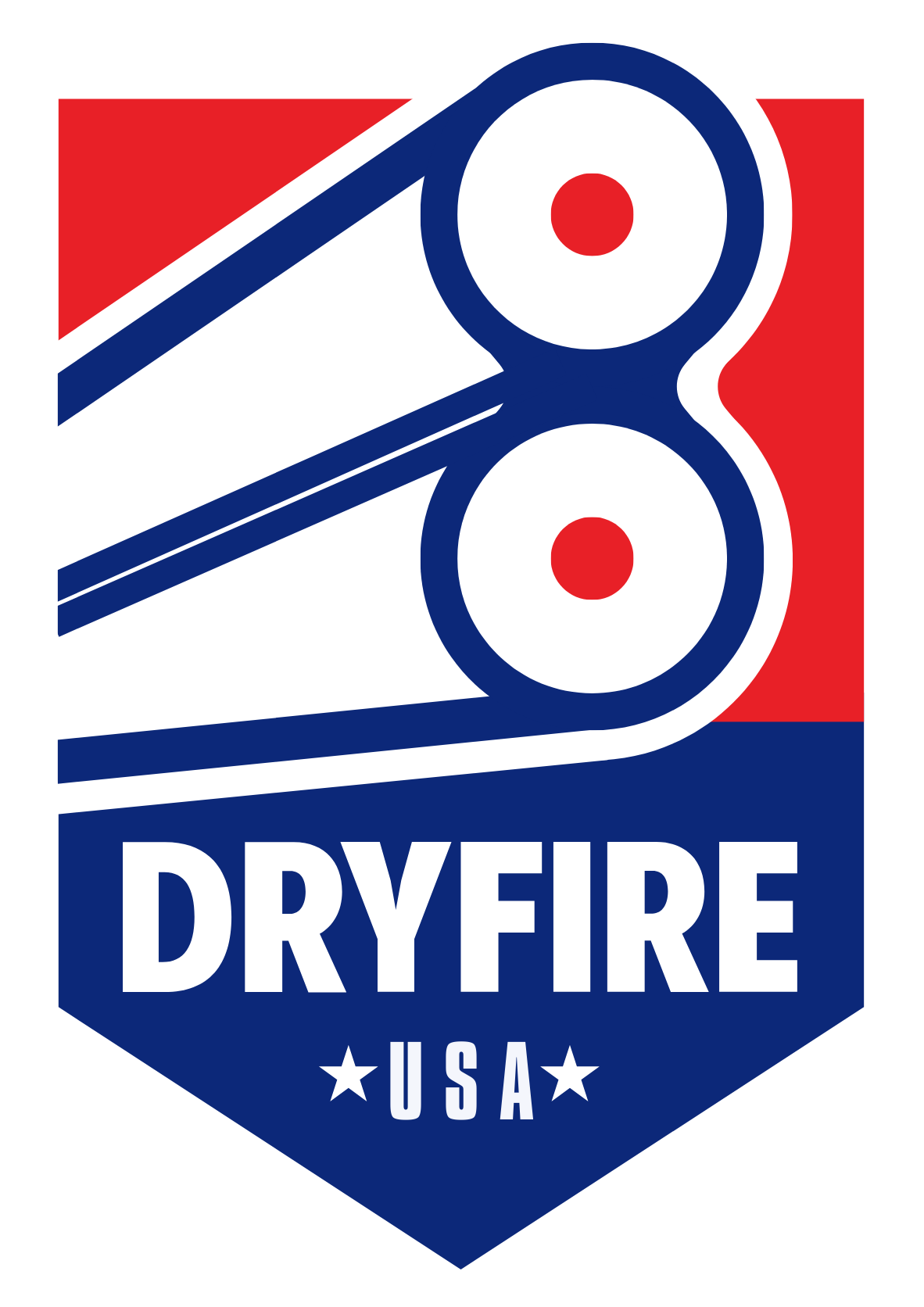Do I need a darkened room?
June 2, 2022Will it work with a release (set) trigger?
June 2, 2022Sorry, but this has to be a little technical.
Laser Clays
Laser clays involves using a special shotgun to shoot directly at special reflective clays. When you squeeze the trigger the shotgun sends out a powerful beam of invisible infrared light and this bounces off the reflective clay (assuming that you are aiming directly at it) and is picked up by a special receiver on the ground.
The beam of infrared light is “modulated” – this means that it is switched on and off several thousand time a second. The receiver picks up ALL infrared light, including that produced by the sun and by lights, but it ignores these until it sees some infrared light flashing on and off at the right frequency. It therefore knows when it has received a reflection from the special clay – therefore it knows that you have hit it. Each shotgun uses a different modulation frequency so the system can tell which shooter has hit the clay.
DryFire
DryFire also uses an infrared laser in your shotgun muzzle but it is of low power (for safety reasons) and it is not modulated. The reason for this is simple – with DryFire you do not have to aim directly at the target – you have to allow the same amount of angular lead as when shooting at a real clay. The camera in the DryFire simulator has to do two jobs:
• Tell when you have fired
• Tell where you have fired
There is an infrared filter over the camera so that it is only sensitive to infrared light and it will “see” a bright spot when you press the trigger. It uses the location of the spot to calculate whether or not you have a hit – taking into account the trajectory and speed of the clay, the muzzle velocity of your shell, the type of shell, your barrel length and the chokes in use.
Lead
Lead is critical in shotgun shooting and is the key feature that makes DryFire such a valuable training aid. Normal levels of domestic background lighting are fine with DryFire because the exposure level of the camera can be adjusted so that it does not respond to the levels of infrared light in the room.
However, if direct sunlight is coming into the room, or spotlights are trained directly onto the wall being used for shooting, the camera will not be able to differentiate between those sources of infrared light and the reflection of the infrared laser when you press the trigger – the camera will be swamped with infrared light.
DryFire does not modulate the infrared laser because it is using a camera to detect exactly where you fired and a camera “sees” the world at about 30 frames a second – far slower than the frequency of modulated light. With laser clays the receiver does not care where the modulated signal comes from so it does not use a camera but a simple photo-sensitive device which just knows that somewhere in front of it, anywhere in front of it, is a source of modulated infrared light.
Swings and Roundabouts
Laser clays can be used outdoors but requires that you shoot directly at the clay with no allowance for lead. DryFire requires exactly the same angular lead as on the shooting station and it provides very detailed feedback as to exactly where you fired and where your shot cloud is in relationship to the clay. The downside is that it must be used in a normal domestic environment with normal domestic levels of background lighting – no direct sunlight or spotlights.
Marketing Problem
Unfortunately, the very accuracy of DryFire creates a marketing problem for us and our dealers. At major shooting competitions, most vendors set up in tents outdoors. On a bright day it is impossible to demonstrate DryFire in a tent because of the high levels of infrared light coming through the tent fabric.
